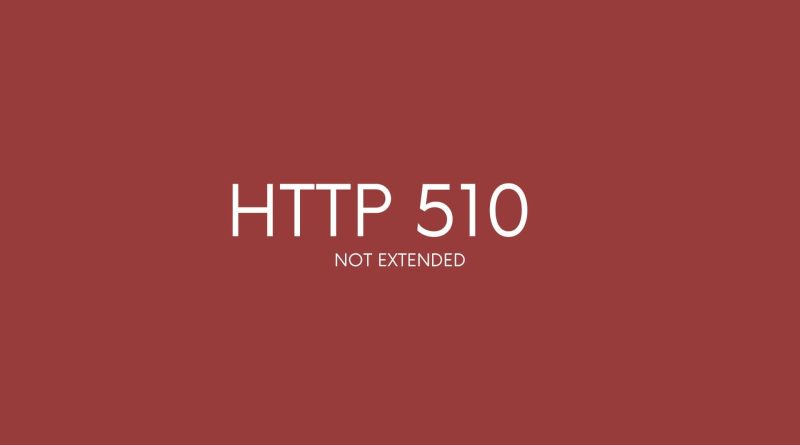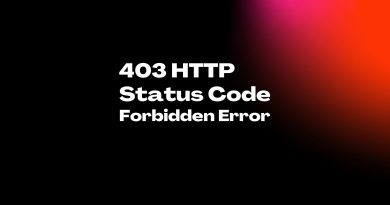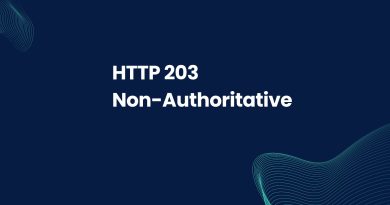HTTP 510 Not Extended: A Comprehensive Guide To Fix It
HTTP status 510 Not Extended is a common issue faced by web developers. It can cause confusion and difficulty in the development process, but it doesn’t have to be this way. This comprehensive guide will provide an overview of what HTTP status 510 Not Extended is, how it affects your website or application development, and offer practical solutions for fixing it quickly and efficiently.
What Is The Error 510 Not Extended?
The HTTP status code 510 Not Extended is an error that occurs when the initial request to a server cannot be satisfied. This is usually due to lack of relevant diagnostic information, or because the server has failed to issue an extended request. It results in an HTTP response with no entity included. In other words, it signals a server-side error that should be addressed by website administrators. Ultimately, this can lead to users being unable to access certain resources on a given site.
Causes Of Http 510 Error
HTTP status 510 not extended is a common error that occurs when the server rejects an HTTP request. It can happen for various reasons, all of which are rooted in how the client and server interact with each other.
The main cause of this problem is usually because the client sent an extension request without specifying how the extensions should be applied. This means that the server has no idea what to do and so it sends back a “510 Not Extended” status code instead. In some cases, the lack of information may also be due to insufficient communication between the client and server, or if all the required information hasn’t been included in the HTTP request. As such, both sides need to ensure they have provided all necessary details before either side attempts to issue another HTTP request.
How To Fix 510 Not Extended
Fixing a 510 Not Extended error requires understanding the HTTP extension framework. When an entity issues an HTTP request, extensions inform how it should be handled. If the server receives such a request but does not comply with its specifications, it responds with a status code of 510 Not Extended. This code is used to indicate that the client must issue another request after providing additional diagnostic information.
In order for this code to be properly resolved, entities may need to update or reconfigure their servers in accordance with RFC-specified protocols and standards. Depending on each particular case, this could involve updating plugins, changing settings related to caching and other web services, or modifying web applications deployed on the server so they adhere to current specification rules.
Similar Http Status Codes To 510 Not Extended
HTTP status codes other than 510 Not Extended indicate a variety of conditions that may occur when attempting to access a resource. These include 400 Bad Request, which indicates an incorrect syntax in the request; 401 Unauthorized, indicating that credentials are required for accessing the resource; 403 Forbidden, meaning the server refused to fulfill the request due to inadequate permissions or another issue; and 404 Not Found, suggesting the requested information provided is unavailable or outside the scope of what can be served. When any of these responses are encountered during an HTTP extension-related transaction, clients should repeat their requests with different parameters if possible. Otherwise, they may need to consult diagnostic information from their server administrator for more help.
All HTTP status codes by categories
Informational responses
(100 – 199)



